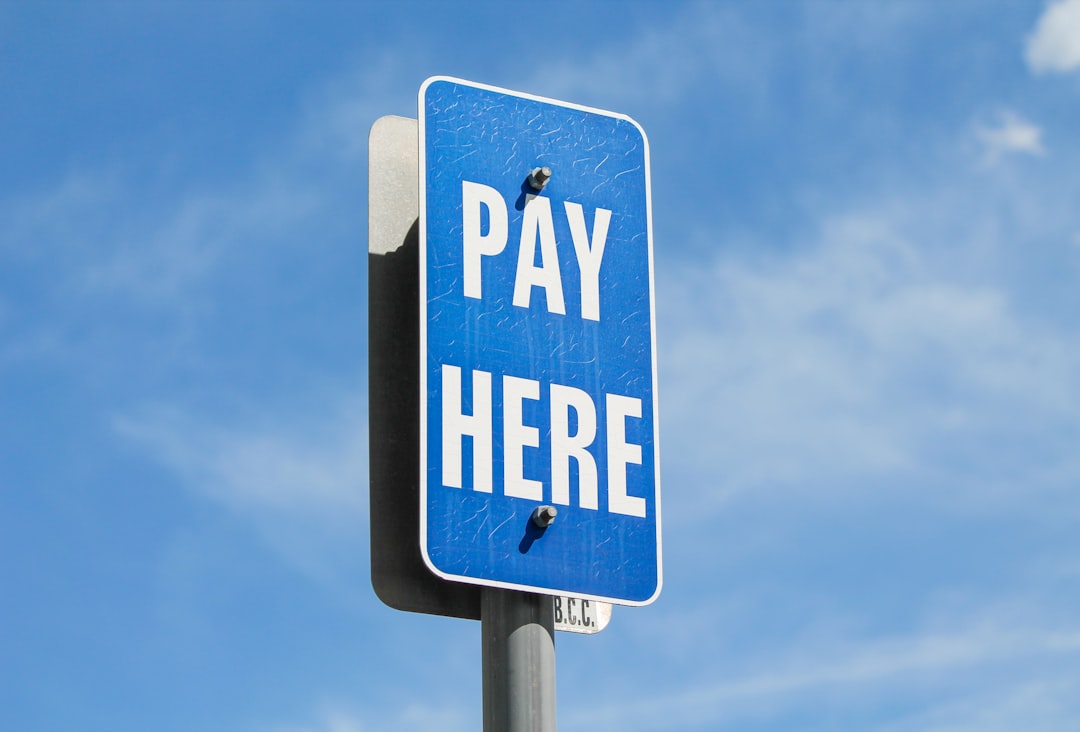In the rapidly evolving landscape of Software-as-a-Service (SaaS), the onboarding experience has become as critical as the product itself. For years, companies have experimented with trial models aimed at attracting users, maximizing conversions, and reducing churn. But in 2025, the question remains: what’s the ideal way to approach SaaS trials — paywall immediately, allow pay-later models, or require a credit card upfront? Each method carries advantages and risks, and determining the right strategy depends on a blend of customer behavior, product maturity, and market positioning.
The Three Primary SaaS Trial Models
Before analyzing the pros and cons of each strategy, it’s important to define the three most prevalent trial models used by SaaS providers today:
- Paywall (No Trial): Users must subscribe before accessing any features.
- Pay-Later (Free Trial, No Card Required): A trial period is offered without asking for credit card details upfront.
- Card-Upfront Trials: Users must enter credit card details to access a free trial. After the trial period, billing begins automatically unless canceled.
Paywall: The Hard Gate Approach
A paywall is the most direct approach to monetization. While it can be the fastest path to revenue, it also presents the highest barrier to entry. In this model, users must become paying customers before accessing any part of the product. It’s more common in B2B solutions with a strong brand reputation or urgent pain point the product solves.

Pros:
- Immediate revenue: Converts only serious customers, minimizing support costs for non-serious users.
- Brand positioning: Suggests value and exclusivity.
Cons:
- Low conversion rate: Many users won’t risk paying without testing the product.
- Fewer data insights: Less user behavior data is collected because fewer people sign up.
This model works best for services with high switching costs, compliance boundaries, or niche B2B markets where the perceived value is obvious.
Pay-Later: Try Before You Buy
Pioneered by companies like Slack and Trello, this model has surged in popularity because of its user-first approach. Pay-later trials typically range from 7 to 30 days and require no credit card. Customers can explore the product without commitment, and if they find value, they are prompted to convert to a paid plan.

Pros:
- Lower friction: Users can try beforehand, increasing sign-up rates.
- Data collection: Companies gain insights into how trial users interact with the product.
- Viral potential: Without a paywall, usage can spread within teams and departments organically.
Cons:
- Lower conversion rate: Not all trial users will become paying customers.
- Potential abuse: Some users sign up repeatedly with new emails to avoid paying.
In 2025, with AI-driven onboarding and personalized in-app experiences, businesses using the pay-later strategy can better optimize for conversion. Tailored user journeys can dramatically increase the chances of turning a trial user into a paying customer.
Card-Upfront: Filtering for Serious Users
Requiring a credit card to initiate a free trial bridges the gap between free access and revenue assurance. It filters trial users to just those with genuine interest, reducing abuse and giving a soft nudge toward conversion. It’s common in high-touch SaaS platforms or services with longer onboarding cycles.
Pros:
- Higher conversion rates: Users are more likely to continue using the product after investing effort.
- Commitment indicator: The card signals readiness to pay, making upselling easier.
- Better targeting: Resources are used on more promising leads.
Cons:
- Higher drop-offs: Many potential customers will abandon the signup flow.
- Issues with trust: Some users are wary of entering card details without knowing the product’s value.
Factors to Consider Before Choosing a Trial Model
Deciding between these models isn’t about picking a trend; it’s about aligning with user expectations, product experience, and financial goals. The following factors should shape the decision:
- Customer Persona: Do your users require immediate gratification or guided decision-making?
- Product Complexity: Simpler tools benefit from pay-later. Complex platforms may justify card-upfront.
- Trust Level: Does your brand carry enough credibility to ask for card details upfront?
- Churn Management: If churn is a major concern, free trials provide the data to analyze and optimize journey flows.
- Sales Cycle: Longer sales cycles may lean towards pay-later or demo scheduling instead of hard paywalls.
The Rise of Hybrid Models in 2025
Because no single model is universally superior, many SaaS companies adopt hybrid approaches. For example, offering a 14-day trial without a card, followed by a request for payment details to continue using advanced features. AI and behavior tracking now enable dynamic models: presenting a paywall if engagement drops, or triggering a nurture campaign during trial days for idle users.
Examples of hybrid methods include:
- Switching trial models based on visitor source (e.g., organic vs paid traffic).
- Offering card-less trials for self-serve users and card-upfront trials for enterprise prospects.
- Gamifying trial extensions based on usage activity or referrals.

The Verdict: One Size Doesn’t Fit All
Ultimately, the best SaaS trial model in 2025 is the one that aligns with your customer journey and business economics. Founders and product teams should test and iterate continually. A/B testing trial length, signup friction, and paywall timing can reveal unexpected insights. What works for a CRM platform may not work for a no-code automation tool. The flexibility to adapt based on data and user feedback will remain the most successful trait any SaaS business can possess.
Frequently Asked Questions (FAQ)
- Q: Which trial model gets the highest number of signups?
A: Typically, the pay-later (no card required) model drives the highest volume of signups due to minimal friction. - Q: Are card-upfront trials outdated in 2025?
A: Not at all. Card-upfront trials are evolving with better UX and transparency, and still work well for high-value SaaS platforms. - Q: How long should a free trial be?
A: Most SaaS companies offer 14-day or 30-day trials. The length should factor in your product’s onboarding complexity and engagement curve. - Q: Can I change my trial model later?
A: Absolutely. Many SaaS companies iterate between models to find the best conversion rates and user experience balance. - Q: How do I prevent trial abuse in a pay-later model?
A: You can use email verification, IP checks, CAPTCHA, and flag repeat signups for manual review or automatic block.
As SaaS competition intensifies in 2025, mastering trial strategies is no longer optional — it’s foundational to sustainable growth and strong customer relationships.


































